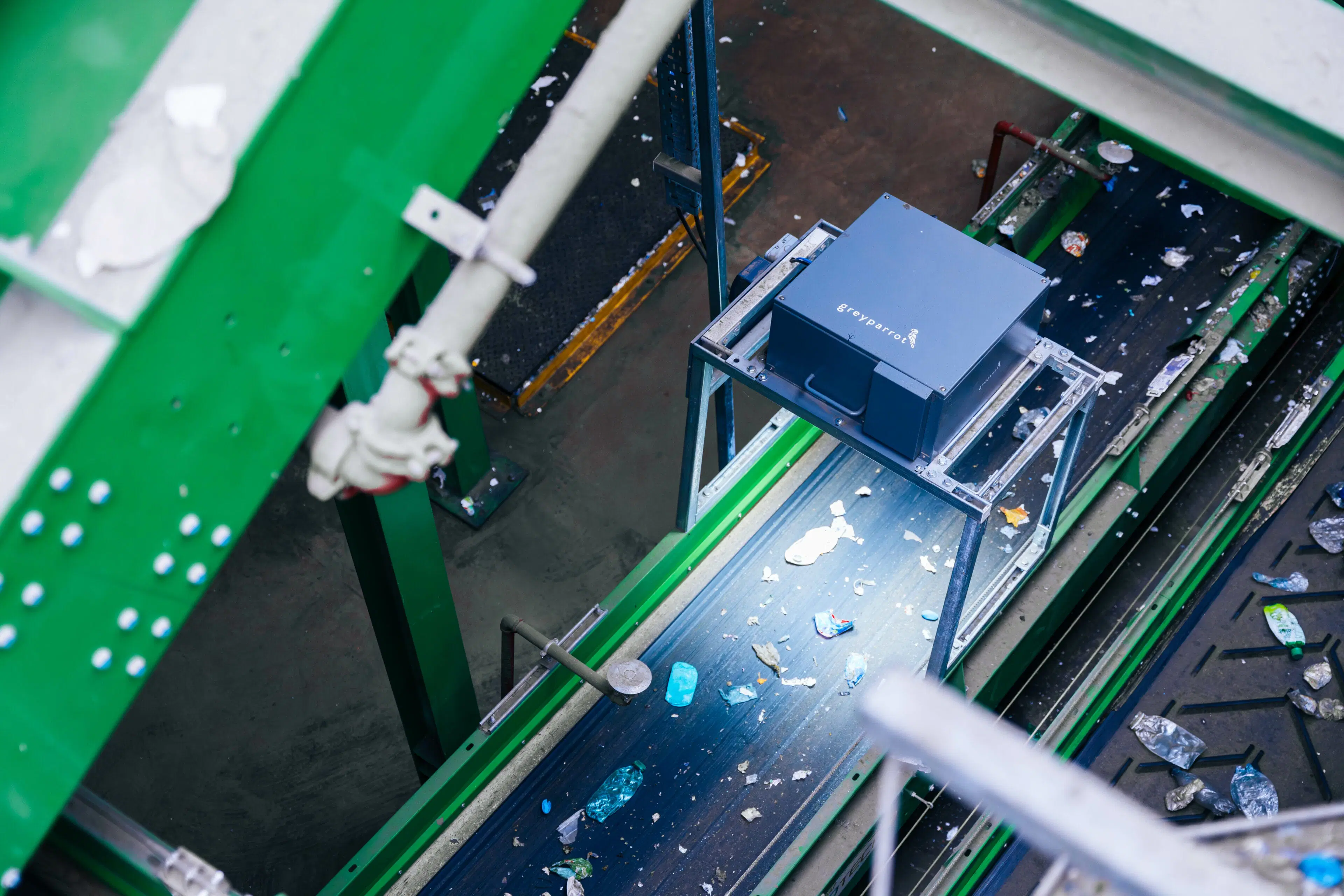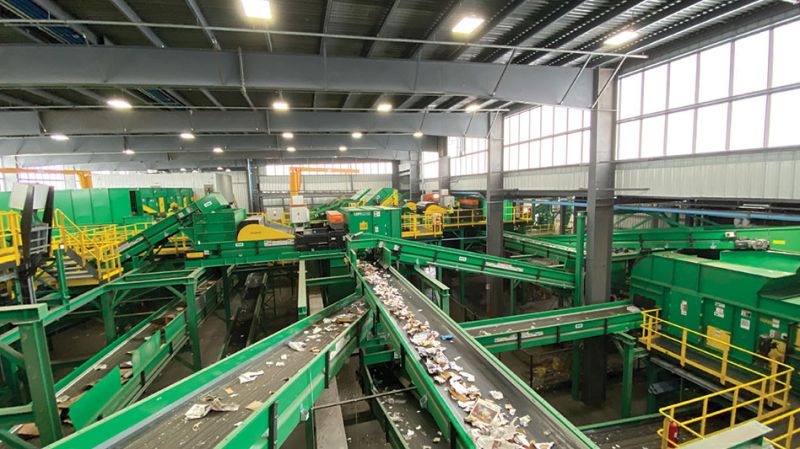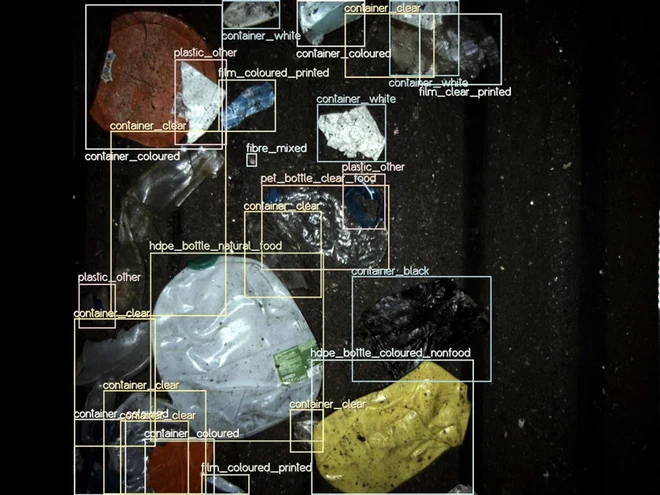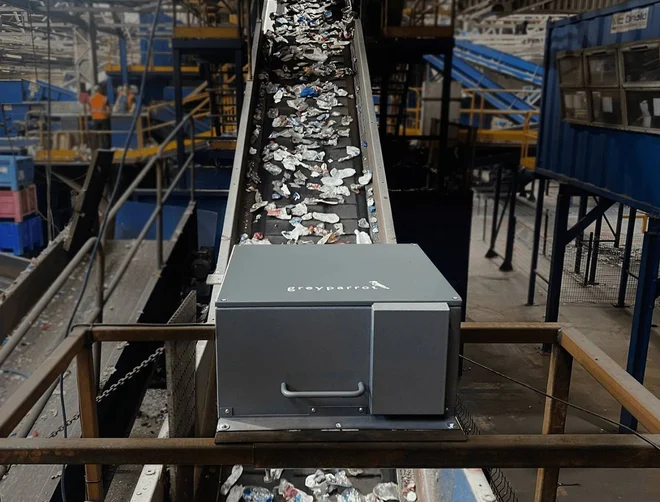Polypropylene is one of the most commonly used plastics in food packaging today: look underneath a yogurt pot, milk jug or soda fountain cup and there’s a good chance it is labeled as PP. And as environmental regulations and sustainability commitments from brands increase the demand for recycled food-grade polypropylene, many manufacturers are finding there just isn’t enough supply to meet the market need. One solution to the shortfall is to recover more of this material from existing recycling streams — but not enough is known about how much of the polypropylene in recycling streams can be repurposed for use with food. To answer this question, we teamed up with Greyparrot, an AI-powered waste analytics platform, to uncover what is in a typical polypropylene recycling stream and how much of it could be repurposed as food-grade material.


.svg)





